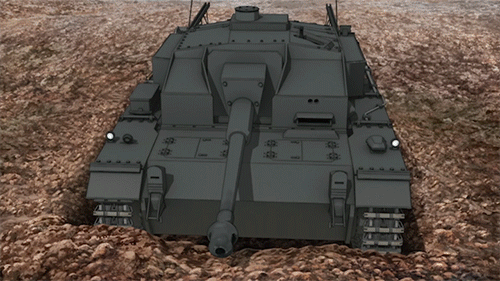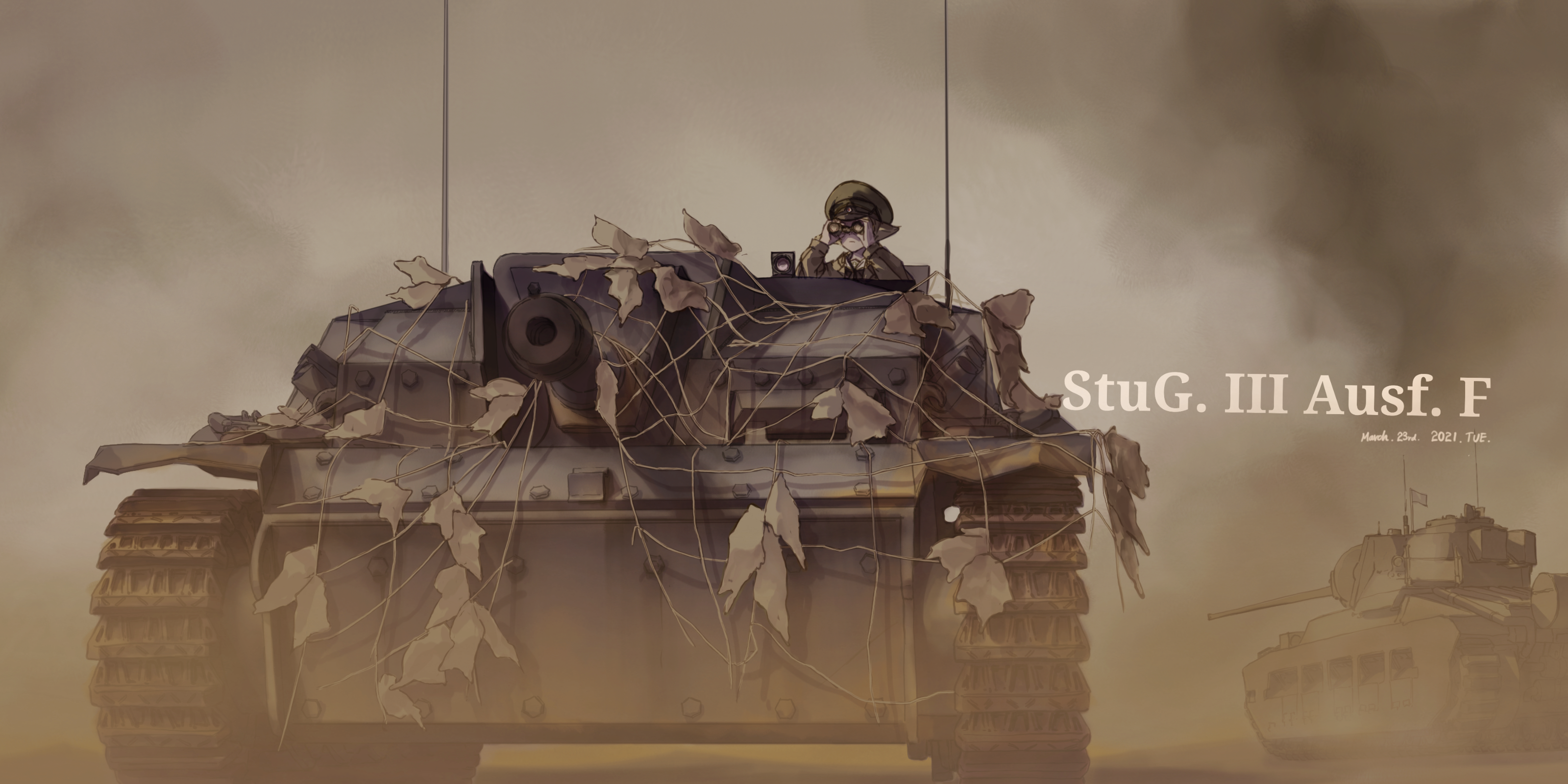

This shift from its original assault gun role also led to the development of the StuH 42 as an replacement. Also, it's production was increased throughout the war despite the efforts of Allied bombing in Germany on factories and fuel, which was to greatly cripple the Panzerwaffe and the Luftwaffe throughout the war. It's a way more cheaper alternative to other German tanks like the Panzer IV, Panther, and even the Tigers I and II. It's production is also a crucial factor for the effectiveness of the StuG. With the armament upgrade, the StuG III saw its role shift from assault gun to tank destroyer (although it could still perform successfully in the former task), and, since it was cheaper and easier to produce than a conventional tank (due to its not having a revolving turret), it was produced in the tens of thousands thus, it was the most common German AFV on the battlefield, especially as the war progressed and the Wehrmacht deployed large numbers of StuGs in an attempt to quickly replace their massive losses on the Eastern front. It was the most numerous of all the models of the StuG III. Additionally, late war modifications include a " Saukopfblende" a pig/boar-head shaped cast mantlet, a remotely controlled turret, and concrete frontal armor. The prolific model the Ausf.G had a commander's cupola, a shield for either an MG 34 or 42 machine gun and a Schürzen spaced armor on its sides. The first model to receive this new gun was the Ausf.F with an improved fighting compartment design than it's predecessors. Thus, it became the staple of the Panzerwaffe from that time on. When the PaK 40 was introduced in Spring 1942, it lacked mobility to be used effectively and therefore, as part of the general upgrading of the armoured vehicles in the Wehrmacht, the StuG III was selected to receive a long-barreled 75 mm gun in 1942. The StuG proved inferior, as every other German tank of the time, to the most modern Soviet designs like the T-34 and the KVs.

The first vehicles were ready to participate in the Battle of France, but its first real service came during Operation Barbarossa. This was safe enough to do as the 45 mm K-54 AT guns the Russians had emplaced in these pillboxes weren't powerful enough to penetrate the StuGs frontal armor.

The StuG lll had very thick frontal armor for the time and so one tactic the German infantry used was to have the SPG roll straight at the Pilbox and fire its 75mm into the firing slot of the pillbox. it was a network of concrete artillery and machinegun emplacements. As the Germans advanced eastwards, they eventaully came up to a line of defensive bunkers called the Stalin line. They saw again action during the German invasion of the Balkans, Greece and later that year Russia. They were found to be the perfect for dealing with light bunkers and pillboxes. They were Sturmbatteries 640, 659, 660 and 665. They first saw service during the German invasion of France or "Fall Gelb", serving in six vehicle batteries, four batteries participated in the invasion.

These vehicles were usually attached to the artillery arm, therefore they were not part of the Panzerwaffe. It was decided to use the chassis and running gear of the recent PzKpfw III, on which a fixed casemate would house the low-velocity 75 mm gun. Already in the Great War, the problem had arisen on how the artillery tended to lag behind the advances of infantry to solve this problem, then-Colonel Erich Von Manstein suggested in 1935 to create an armoured self-propelled mount that would serve as a close infantry support vehicle.


 0 kommentar(er)
0 kommentar(er)
